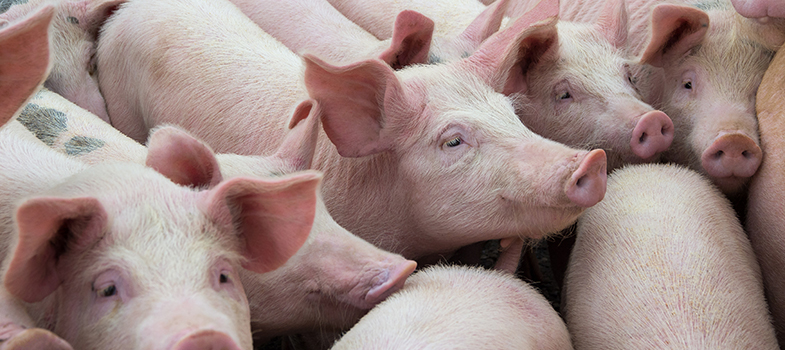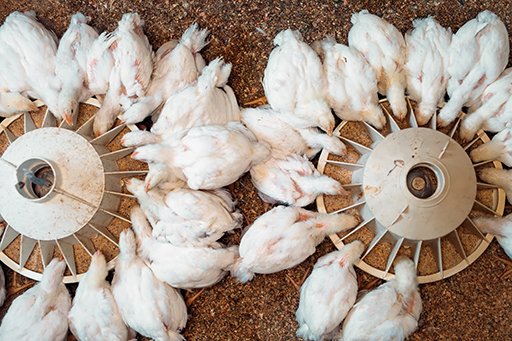1.1 Antimicrobials in food production animals
Both livestock and aquatic food production systems have intensified in the last few decades. In low- and middle-income countries (LMICs),
These systems have relied on the use of antimicrobials to ensure animal health and maintain productivity and profitability. In some cases, antimicrobials have been used as substitutes for good management practices that prevent disease, such as strict hygiene and biosecurity. The use of antimicrobials in animal production is an important driver of the emergence of resistant bacteria in animals, which can then spread to humans and the environment.
In 2015, it was estimated that in the US, 70% of medically important antimicrobials are used in agriculture (O’Neill, 2015). Despite reduction efforts, current global projections of
1 The use of antimicrobials in animals




